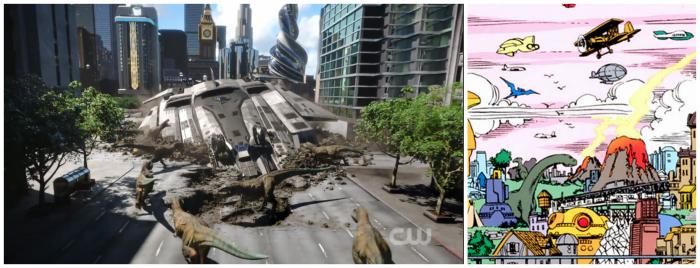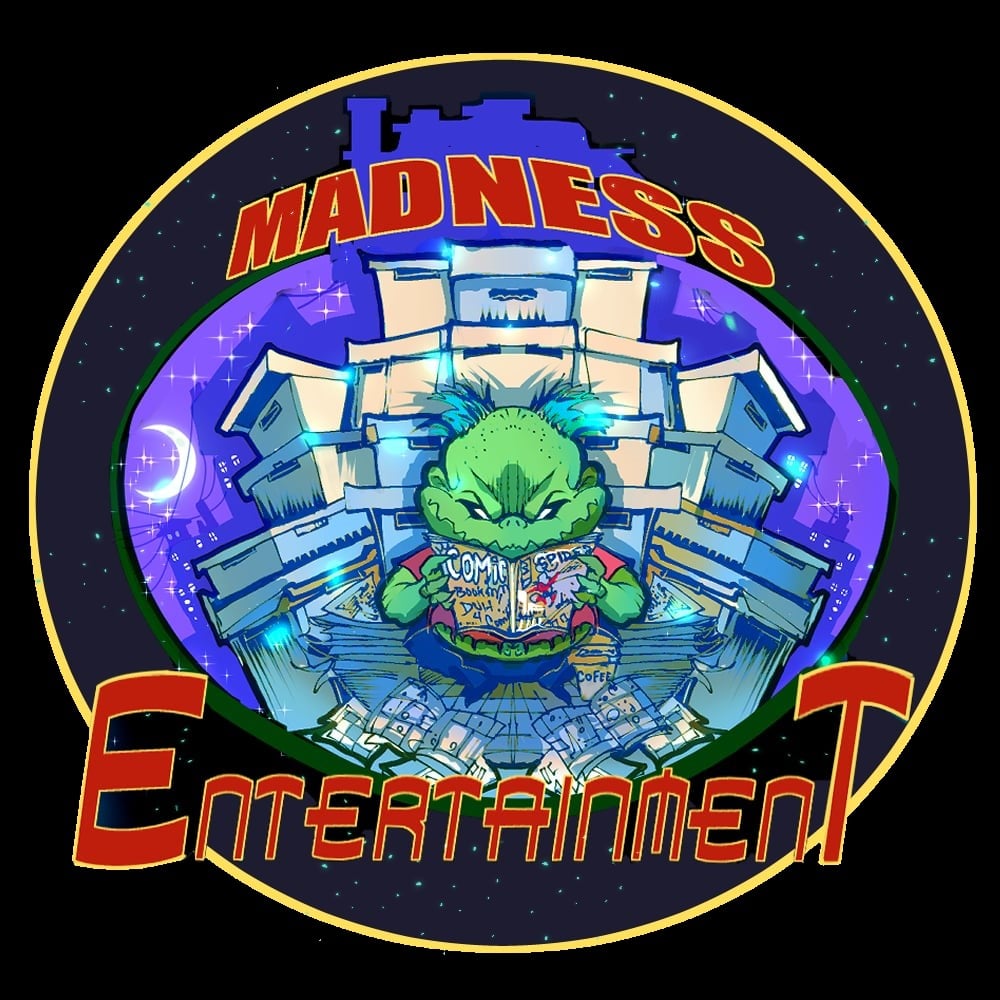You are here
Home › Television › Did DC's Legends of Tomorrow Just Open the Door to CRISIS ON INFINITE EARTHS? ›Did DC's Legends of Tomorrow Just Open the Door to CRISIS ON INFINITE EARTHS?
FTC Statement: Reviewers are frequently provided by the publisher/production company with a copy of the material being reviewed.The opinions published are solely those of the respective reviewers and may not reflect the opinions of CriticalBlast.com or its management.
As an Amazon Associate, we earn from qualifying purchases. (This is a legal requirement, as apparently some sites advertise for Amazon for free. Yes, that's sarcasm.)

DC's LEGENDS OF TOMORROW has been, overall, a fun show to watch. The characters are a disparate bunch, their origins are slightly (okay, more than slightly) different than what we've seen in the comics, but for the most part it's been enjoyable to watch them band together and travel through the history of the DC universe (or the Arrowverse, specifically). We've seen them travel back to work with Jonah Hex and even the Justice Society of America.
Granted, the rules of time travel for our band of adventurers don't seem all that consistent. For instance, they're told by their founder, Rip Hunter (ARTHUR DARVILL) that they can never go to an event in time where they've already been, to avoid interacting with their other selves. This is something that could break time. This is also something The Flash does about every half-dozen episodes or so, but his actions never seem to cause a time-quake detectable by the Waverider.
The team breaks this cardinal rule with the second season finale, going back to World War I in order to prevent something from being stolen from them by the Legion of Doom. This is the only way they can put reality back the way it should be after Eobard Thawne (MATT LETSCHER), the Reverse-Flash, uses the device to rewrite reality. But in doing so, they generate a time storm, and the Los Angeles of 2017 where the Waverider crashes during the cliffhanger ending is one that is drastically different from the one they are used to, being a mishmash of architectures -- oh, and dinosaurs!
Some speculation on the Internet has been that this paves the way for the writers to introduce Kamandi, seeing in the final scenes a world reminiscent of the one created by The Great Disaster, in which lives the Jack Kirby character known as "The Last Boy on Earth."
However, it's important to remember that the time of this event is still current -- not future. Also note that the buildings are not the dilapidated bombed-out husks of Kamandi's world. Not counting the one the Waverider flew through, they're in pristine condition. (The odd thing is the lack of people.)
We're old, though, so when we look at the final scene from the episode, we see something entirely different from our years of reading DC Comics:
This panel -- which shows a similar mishmash of architectural styles as well as dinosaurs (and an aeronautical museum display) comes from DC's 1985-1986 CRISIS ON INFINITE EARTHS #9. Marv Wolfman and George Perez created the 12-issue series to deal with DC's multiverse, which was deemed by editorial at the time to be 'confusing.' With the multiverse back in full swing, and playing a huge part in the Arrowverse, we've been wondering when the CRISIS would rear it's ugly retconned head. Vibe (CARLOS VALDES) has already seen glimpses of it in his visions, and we have a future newspaper article that addresses The Flash (GRANT GUSTIN) disappearing after a crisis involving red skies (the visual forerunner in the comics to a world's impending erasure by a wave of anti-matter).
It's a little early, according to the date on the future newspaper in THE FLASH, but it sure does look like the Legends team has pulled a panel straight out of COIE to us. What do you think?




